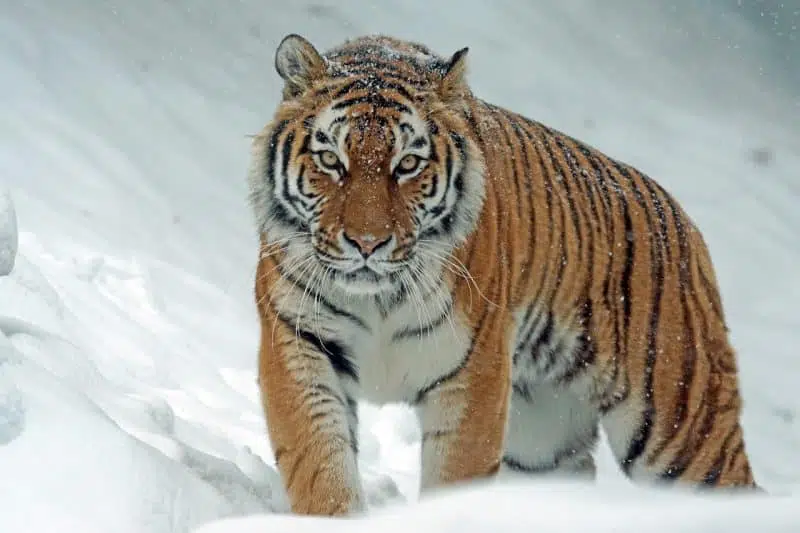Are you looking for the 16 Top Predators in the Food Chain?
Every single animal species has unique traits, but the one thing all living creatures have in common is the need for food. The food chain is the structure that determines the order in which creatures eat each other to survive.
At the top of the food chain, we find apex predators, the animals that dominate their natural environments due to their natural hunting ability.
Apex predators are so mighty that they don’t face any competition in their natural environment. These animals play a crucial role in maintaining balance in the different habitats that make up our ecosystem. But, even though there are hundreds of predator species out there, only a few can claim the top spots in the food chain.
Let’s take a look at the top 16 animals in the food chain. Rather than analyzing the food chains found throughout distinct ecosystems, we’ve compiled a comprehensive list that includes the animals that face no competition in their habitats.
Top Predators in the Food Chain
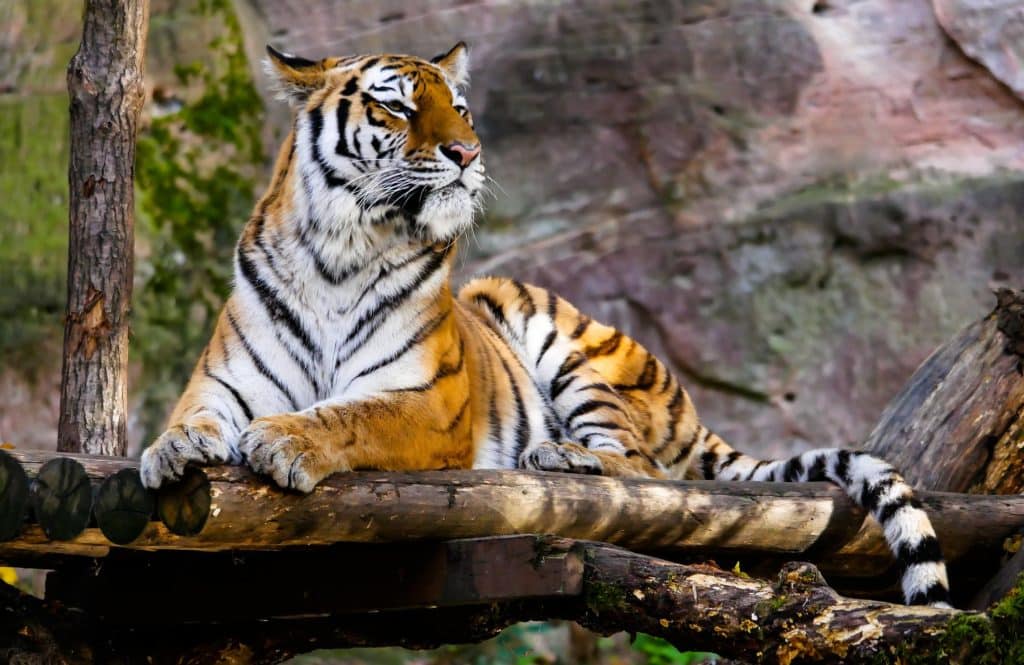
Fangs, claws, poison, and beaks. These are just some of the weapons that the top predators in the food chain have at their collective disposal.
While it’s true that these animals hunt to survive, evolution has transformed them into the perfect killing machines. This, combined with the perfect environmental factors, transformed them into the most dominant species in their immediate surroundings.
Here are 16 predatory animals that face no predators in their natural habitats.
1. Saltwater Crocodile
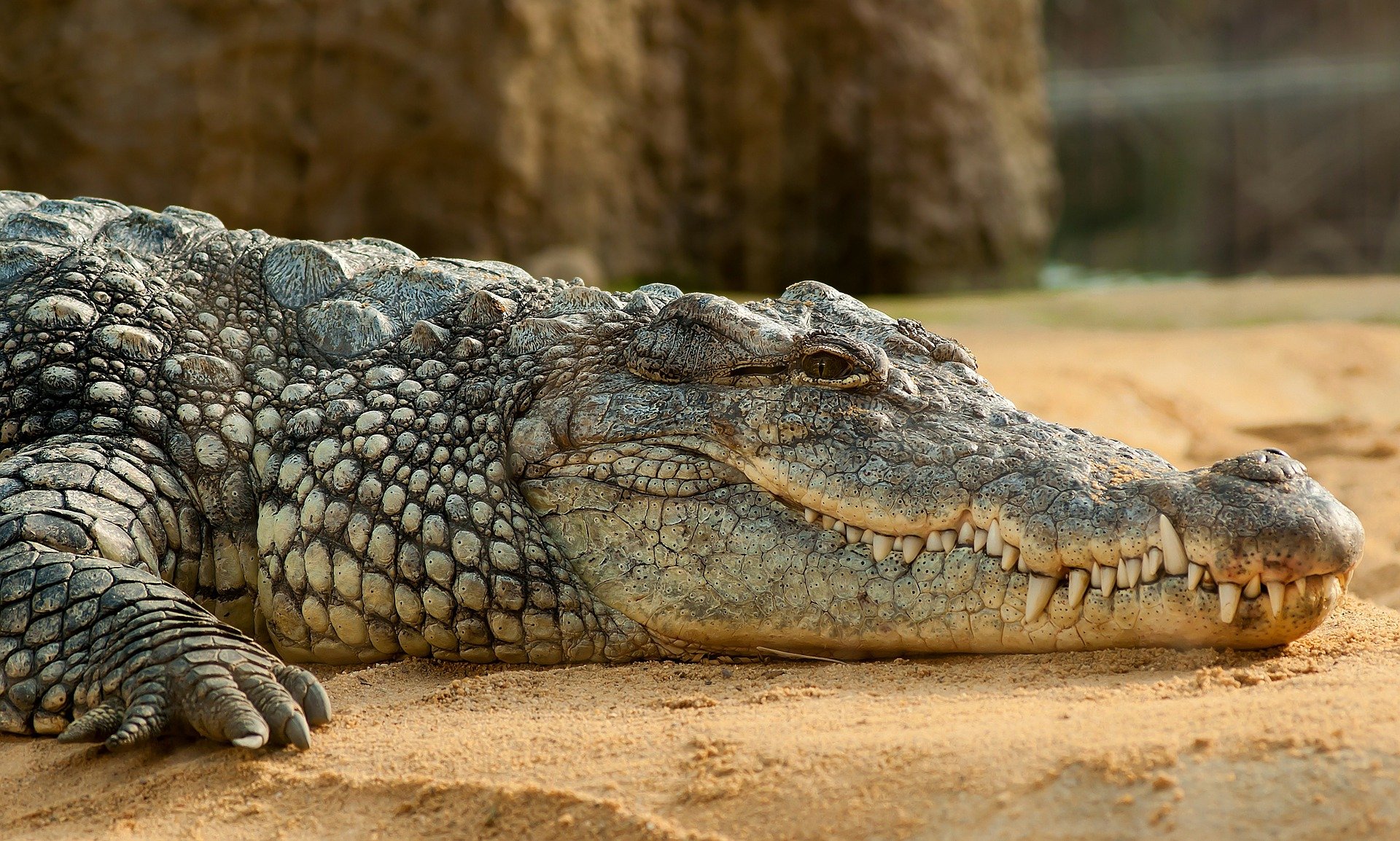
- Scientific Name: Crocodylus porosus
- Locations and Main Habitat: Brackish and freshwater areas of Asia and North Australia
- Average Size and Weight: 5.1 meters and 450 kilograms
- Average Lifespan: 70 years
- Natural Predators: None
The Crocodylus porosus, commonly known as the saltwater crocodile, is the most prominent member of the crocodilian family. Also known as the estuarine crocodile, these creatures grow to an average length of 5 meters and weigh more than 450 kilograms. However, it’s also common to find specimens that are 6 meters in length and more than 900 kilograms in weight.
Saltwater crocodiles are apex predators in their habitats, so they don’t have any natural predators. These animals take an opportunistic approach, ambushing their prey and then using lethal force to subdue it. An excellent swimmer, the saltwater crocodile can be found in estuaries as well as fresh and brackish water regions of Australia, Southeast Asia, and India.
Despite the fact that saltwater crocodiles are not considered endangered, there are many threats to their survival. The two main threats that put pressure on this specie’s population are habitat loss and illegal poaching.
2. Polar Bear
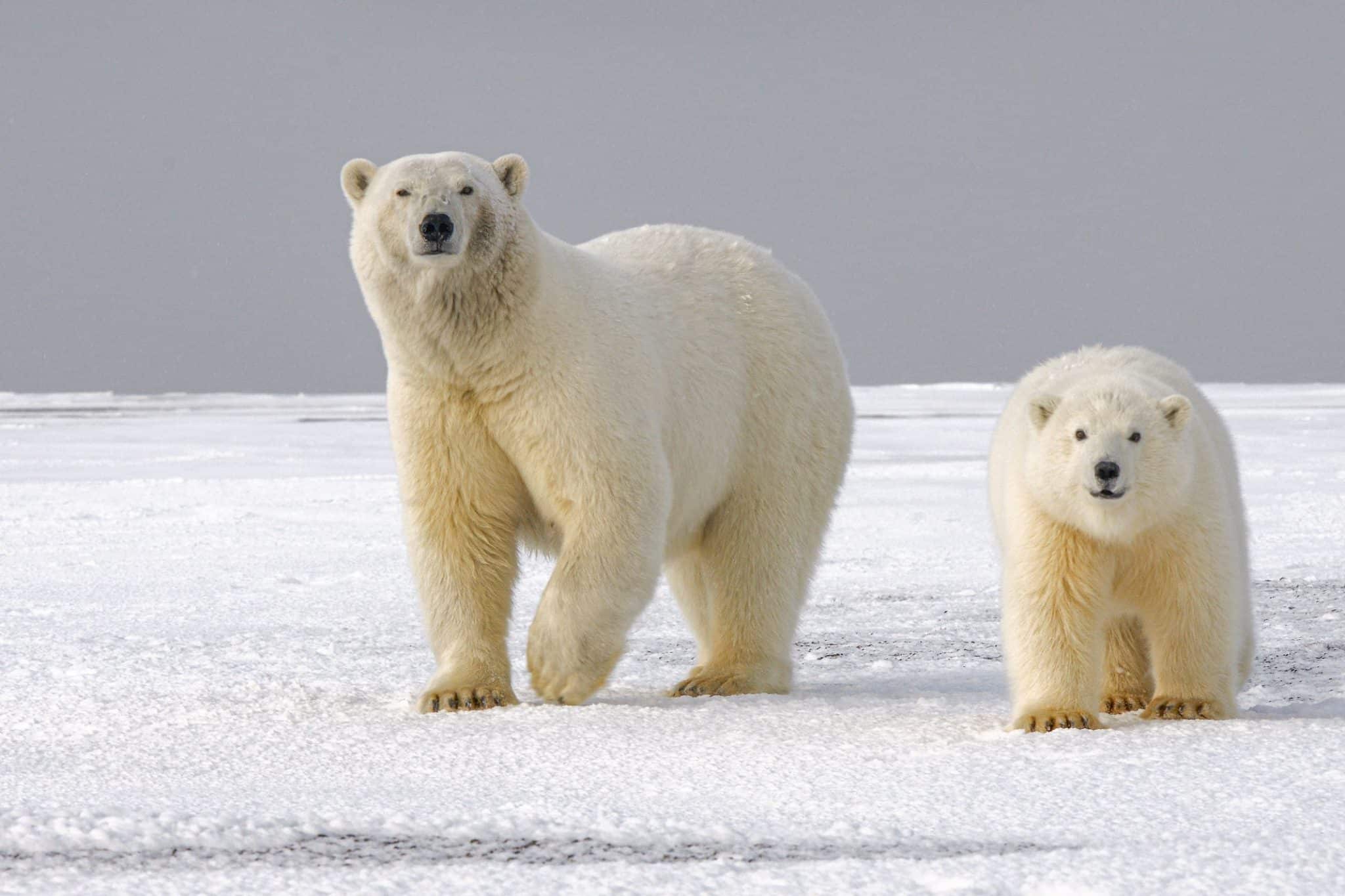
- Scientific Name: Ursus maritimus
- Locations and Main Habitat: Coastal ice sheets of Asia, Europe, and North America
- Average Size and Weight: Up to 600 kilograms and 2.5 meters
- Average Lifespan: 20 to 30 years
- Natural Predators: None
Found in the endless snow-covered ice sheets of the Arctic, polar bears are a superb example of how large, top-of-the-food-chain mammals can survive in the most demanding areas. Known scientifically as ursus maritimus, these blustery beasts are strong swimmers with slightly webbed large front paws that they use to propel themselves when immersed.
Seals are the most accessible component of the polar bear’s diet. This is the reason why these mighty predators are found in areas with cracking ice as seals may surface through these orifices to breathe. But, despite their ability to hunt in extreme conditions, polar bears are also known to scavenge and consume dead flesh, for example, from the carcasses of whales.
3. Brown Bear
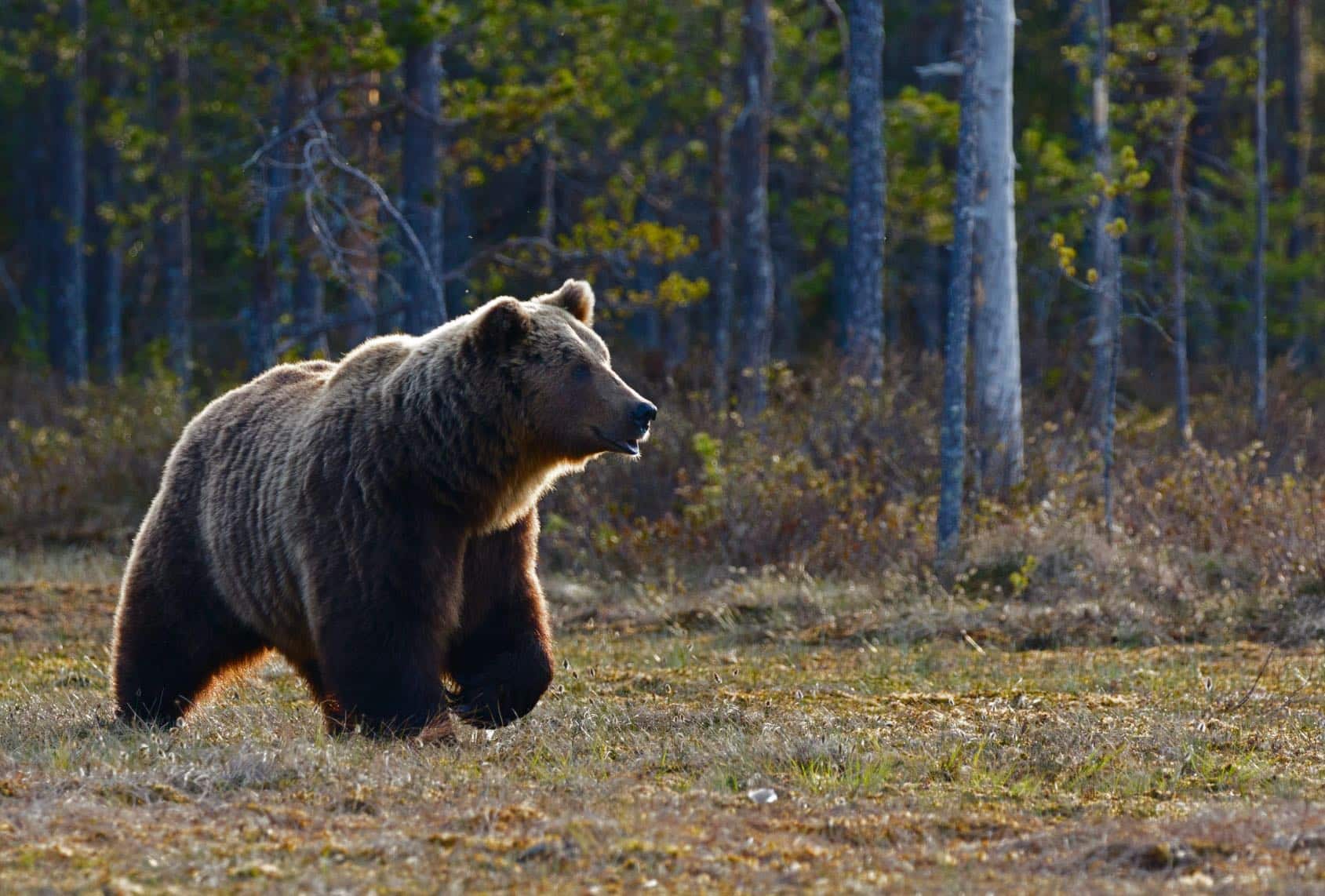
- Scientific Name: Ursus arctos
- Locations and Main Habitat: Forests and mountains in Asia, Europe, and North America
- Average Size and Weight: Up to 2.8 meters in height and 390 kilograms
- Average Lifespan: 20 to 30 years
- Natural Predators: Other bears and wolf packs, although this is extremely rare
The brown bear is an omnivore that inhabits forests and mountains worldwide. Despite not being a carnivore, like most of the predators on this list, this apex predator is still at the top of the food chain in its habitat.
This noble creature lives an average of 25 years. On average, these creatures weigh around 317 kilograms and can grow up to 1.70 meters — when standing on four legs. Giant brown bears can stand almost three meters tall when erect on two legs, making them the absolute rulers of their habitat.
Brown bears can consume up to 90 pounds of food daily, with fats making up a large part of their diet. While they are a powerful, top-of-the-chain predator, the fact that berries, nuts, and roots make up a large part of their diet is simply remarkable.
4. Komodo Dragon

- Scientific Name: Varanus komodoensis
- Locations and Main Habitat: Open woodlands and hillsides of five Indonesian islands
- Average Size and Weight: Up to 150 kilograms and up to 3 meters long
- Average Lifespan: 25 to 40 years
- Natural Predators: None
Many animals have the moniker “dragon,” but the magnificent lizards from Komodo may be the species that are closest to these mythical creatures.
The Komodo dragon is the heaviest living lizard species and one of Earth’s most brutal predators. These wonderful creatures live to an average age of 30 years, can weigh upwards of 135 kilograms, and have a formidable bite capable of exerting a force of up to 600 PSI (pound per square inch), which can easily breaks the bones of its usual prey.
Komodo dragons are strict carnivores whose diet consists of mammals, other reptiles, deer, pigs, and even birds. Endemic to Indonesia, the Komodo dragon can be found in the Lesser Sunda Islands, specifically on the island of Komodo (hence its name).
5. Siberian Tiger

- Scientific Name: Panthera tigris altaica
- Locations and Main Habitat: Eastern Russia birch forests
- Average Size and Weight: Up to 360 kilograms and 4 meters in length
- Average Lifespan: 16 to 18 years
- Natural Predators: None
The Siberian tiger has inspired poems, songs, fiction, and films. But, the most impressive thing about this striking beast is its strength and hunting ability, placing it at the top of its food chain. Conceivably, it one of the top apex predators worldwide.
As you can imagine, the Siberian tiger has no natural predators. Additionally, some of its prey is so big that, in its natural habitat, no other predator targets animals of the same size. Unfortunately, widespread poaching and destruction of the Siberian forests in Russia have transformed this formidable tiger species into an endangered animal.
Siberian tigers are highly territorial and leave noticeable scent marks across the border of their territories. These creatures are known for avoiding humans, but many instances in rural areas still end up with attacks on individuals.
6. Lion

- Scientific Name: Panthera leo
- Locations and Main Habitat: Open woodlands and grasslands of sub-Saharan Africa
- Average Size and Weight: Up to 250 kilograms and 2.5 meters in length
- Average Lifespan: Up to 15 years
- Natural Predators: None
Known as the “king of the jungle,” it’s no surprise that the lion is one of the top predators in this list. However, these legendary animals prefer open woodlands, grasslands, scrub, and the African savannah to the jungle because these open-field habitats make it easier for them to hunt.
Male lions defend the pack, while female lions are in charge of hunting. These fierce predators hunt in a pack and can take down large prey like zebras, antelopes, and wildebeests. The prey they hunt is often faster than a single lion, which makes it all the more impressive that these animals sit at the top of their food chain.
7. Leopard

- Scientific Name: Panthera pardus
- Locations and Main Habitat: Grasslands and rainforests of Asia and Africa
- Average Size and Weight: Up to 90 kilograms and 1.9 meters in length
- Average Lifespan: 10 to 15 years
- Natural Predators: None when adult, but their cubs are vulnerable to many predators
Universally recognized for their grace and elegance, these cats are as dangerous as they are beautiful. Leopards are closely related to other species of apex predators including tigers and lions. These creatures hunt by ambushing their prey and usually do so nocturnally. Naturally, these mighty beasts are at the very top of the food chain in their habitat.
The leopard lurks for its prey, and once it has a kill, it often hauls its prize to the top of a tree to avoid scavengers. These deadly hunters are extremely comfortable atop trees, to the point that they are also known to set up ambushes and stalk the animals they’re hunting from high branches.
Leopards are perfect hunting machines that measure more than 3 meters from nose to tail and large specimens can weigh about 80 kilograms.
8. Snow Leopard
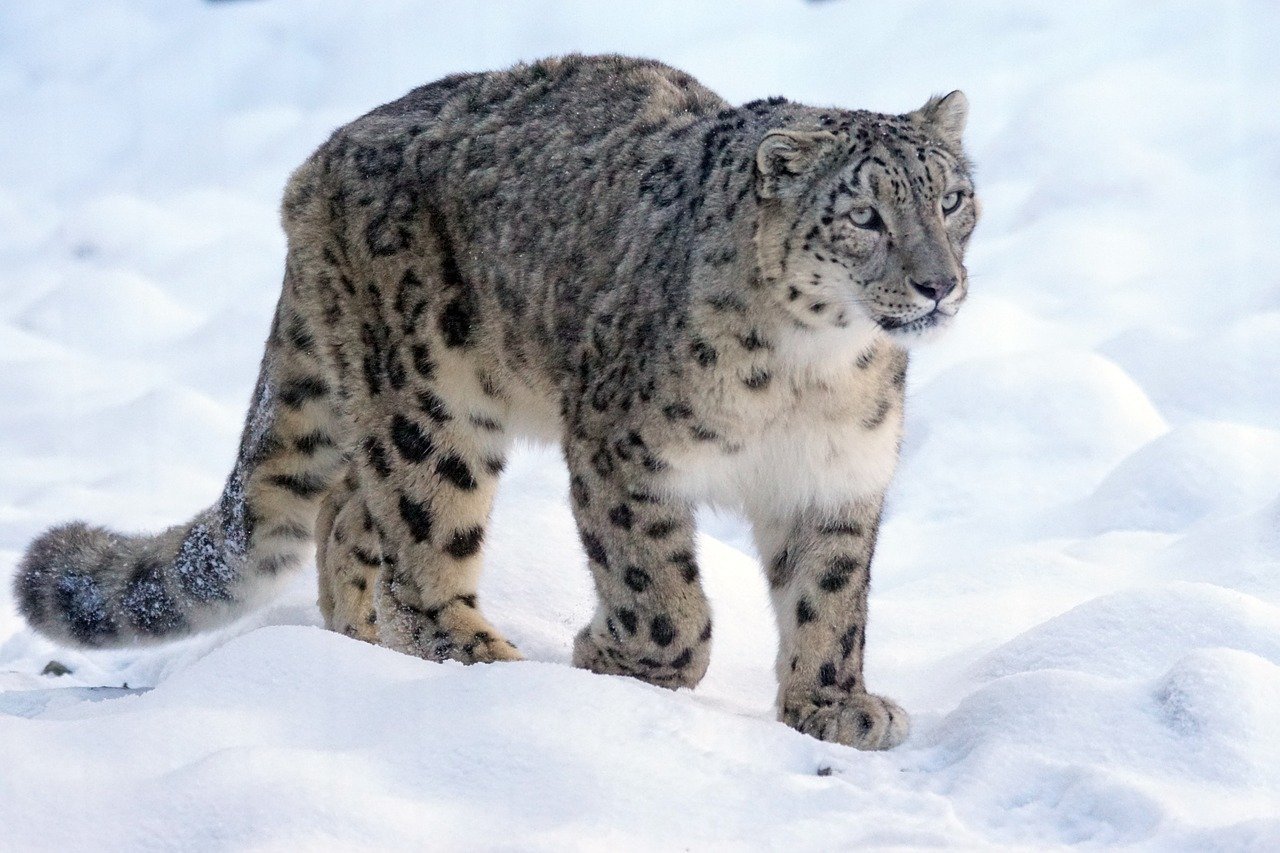
- Scientific Name: Panthera uncia
- Locations and Main Habitat: Mountains of central Asia, including Nepal and China
- Average Size and Weight: Around 40 kilograms and 2.1 meters in length
- Average Lifespan: 21 years
- Natural Predators: Other snow leopards
The snow leopard is a big cat that inhabits mountainous regions throughout Asia. Their thick coat provides insulation, and their spots provide ideal camouflage in their alpine habitat. Their phenomenal athletic ability makes them top-of-the-chain predators.
Snow leopards have powerful legs and wide feet that act as snowshoes. Their muscular and flexible legs allow them to leap up to 15 meters. From a significant distance, they can pounce on blue sheep and ibex, their two most common prey.
It’s important to note that this ferocious creature preys on smaller animals like hares, birds, and marmots. That said, snow leopards also can hunt prey three times their weight.
9. Orca
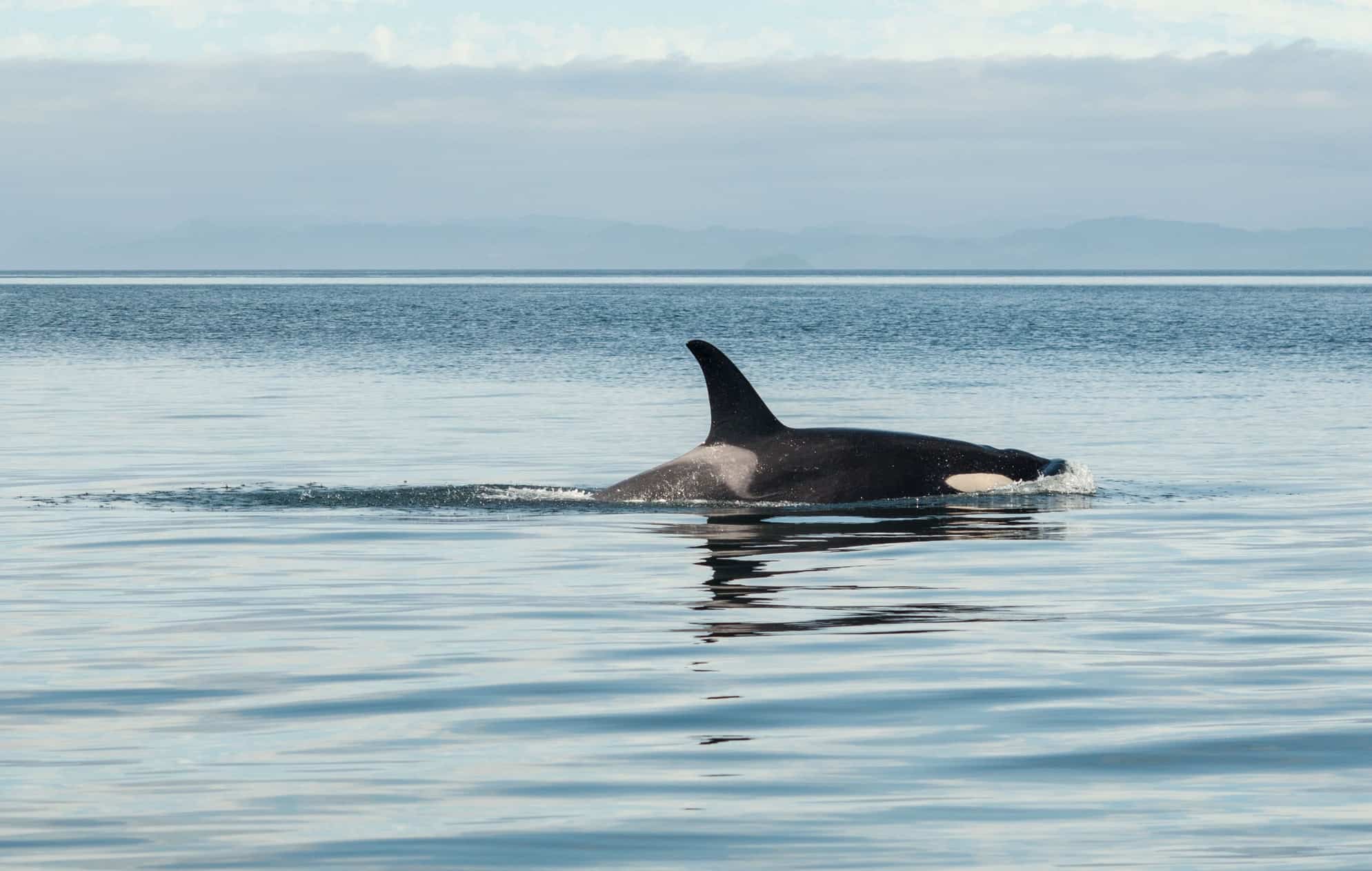
- Scientific Name: Orcinus orca
- Locations and Main Habitat:
- Average Size and Weight: Up to 8600 kilograms and up to 8 meters in length
- Average Lifespan: 50 to 60 years
- Natural Predators: None
The killer whale, or orca, is an aquatic mammal and the most prominent member of the dolphin family. Orcas are extremely intelligent, sociable, and identifiable from a great distance. These hunters use an assortment of weapons and tactics. However, it is their echolocation capabilities, which they use to communicate and to locate prey, that is perhaps most impressive.
Orcas are commonly found in cold coastal waters. That said, they are known to inhabit all areas between the polar regions and the equator, feasting on a vast collection of prey.
Killer whales hunt fish, seals, penguins, and even whales. Sometimes attacking in groups up to 40 strong, these ferocious marine hunters divide responsibilities and share the prey equally.
10. Great White Shark
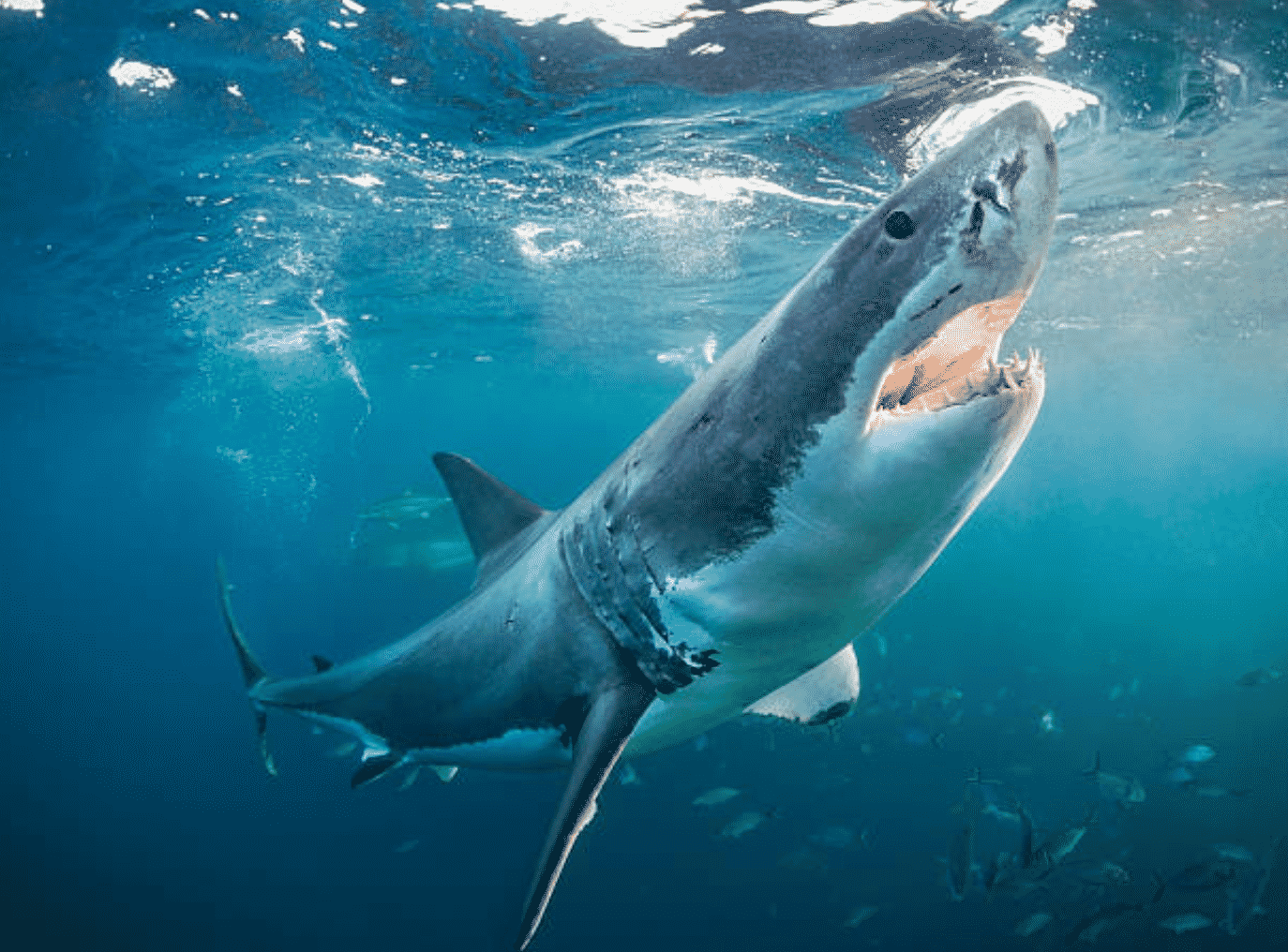
- Scientific Name: Carcharodon carcharias
- Locations and Main Habitat: Temperate and coastal waters worldwide
- Average Size and Weight: Up to 2250 kilograms and 8 meters in length
- Average Lifespan: 30 to 40 years
- Natural Predators: None
The great white shark is such a notorious hunter that it has been the subject of horror movies, television shows, and science fiction novels. This torpedo-shaped giant thrives in its natural habitat.
Great white sharks have a muscular tail that is powerful enough to propel them at almost 25 kilometers an hour. Average specimens can grow about 4.5 meters in length, although it’s possible to find individual great whites that exceed 6 meters and weigh more than 2500 kilograms.
11. Jaguar
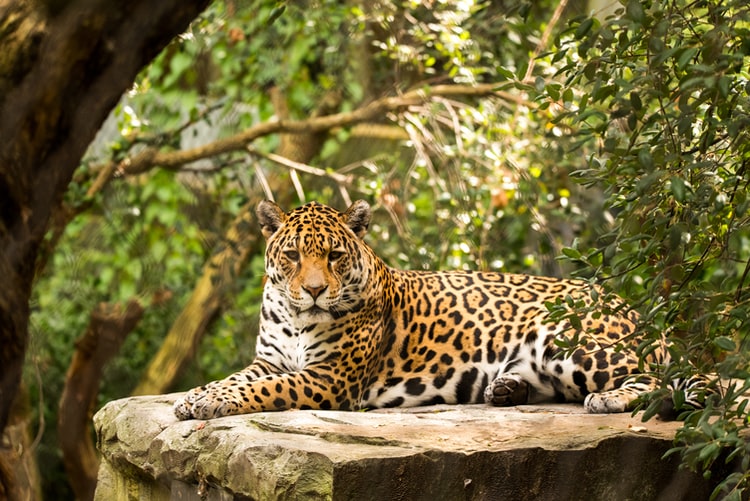
- Scientific Name:
- Locations and Main Habitat: Rainforests and swamps in Central and South America
- Average Size and Weight: Up to 160 kilograms and 1.9 meters in length
- Average Lifespan: 12 to 15 years
- Natural Predators: None
The Jaguar or panthera onca is the only big cat found on the American continent, yet it’s only outsized by tigers and lions. These lethal hunters resemble leopards in both appearance and hunting style, but their ideal size makes jaguars a more fearsome predator. It’s easy to see why ancient civilizations like the Mayans worshiped these creatures as deities.
Similar to tigers, jaguars are pretty good swimmers. These apex predators hunt fish, turtles, small caimans, and other aquatic or amphibian prey using their powerful jaws. Additionally, jaguars feast on smaller land creatures like deer, capybaras, and tapirs. But, when hunting land animals, jaguars tend to do so under cover of the night.
12. Northwestern Wolf
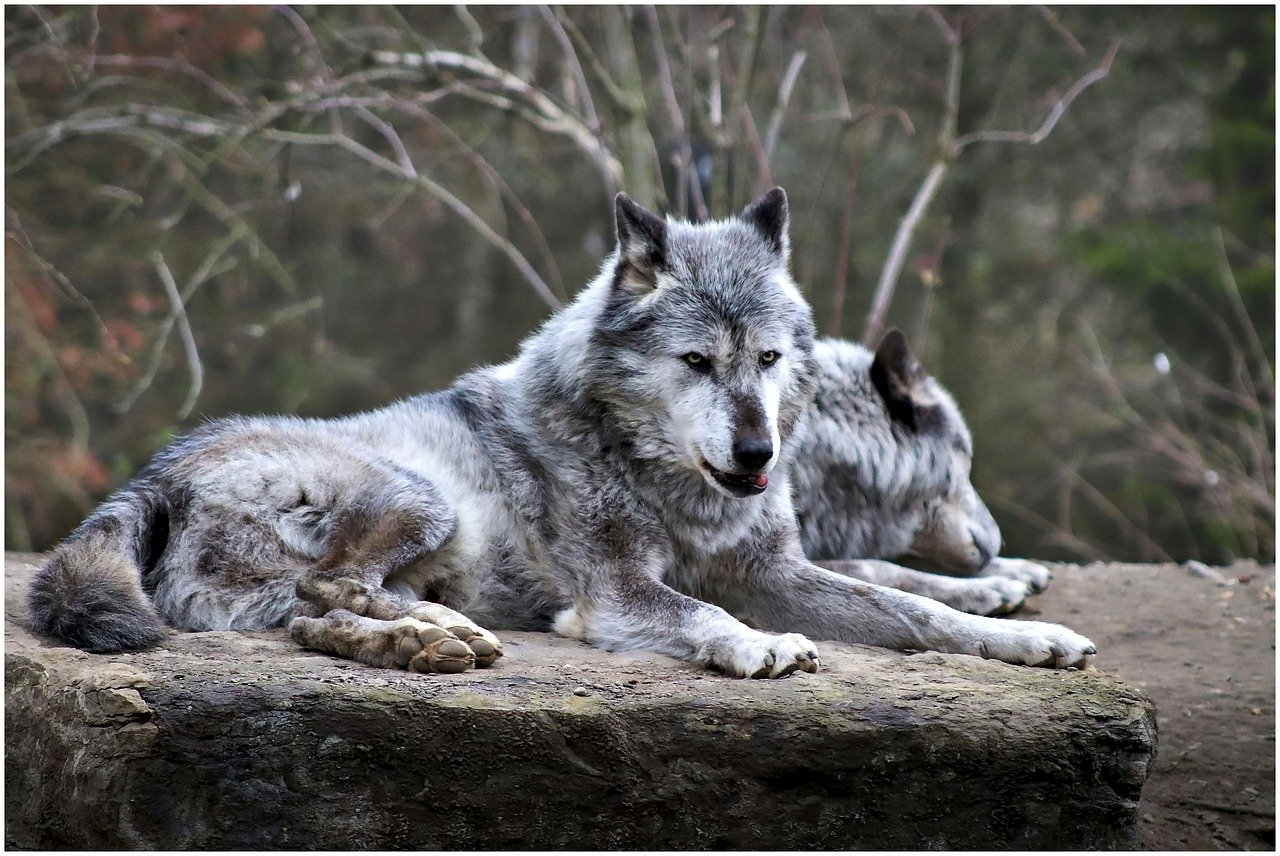
- Scientific Name: Canis Lupus
- Locations and Main Habitat: Plains and woodlands in Asia, Europe, and North America
- Average Size and Weight: 85 kilograms and 2.5 meters in length
- Average Lifespan: 10 to 12 years
- Natural Predators: Bears and tigers
Piercing eyes, thick hides, and long fangs. These characteristics have earned wolves the reputation of apex predators at the top of their food chain. And, even though there are many variations, the northwestern wolf or canis lupus is the most prominent, potent member of this canine family.
Adult northwestern wolves can grow up to 2.5 meters in length, weigh about 85 kilograms, and stand just under a meter in height. These territorial pack hunters reside in Canada, Alaska, and some parts of northern Asia. While they follow the same hunting patterns as other wolves, the northwestern variety has also been observed to swim small distances and feats on crabs, clams, and similar creatures.
13. Cheetah
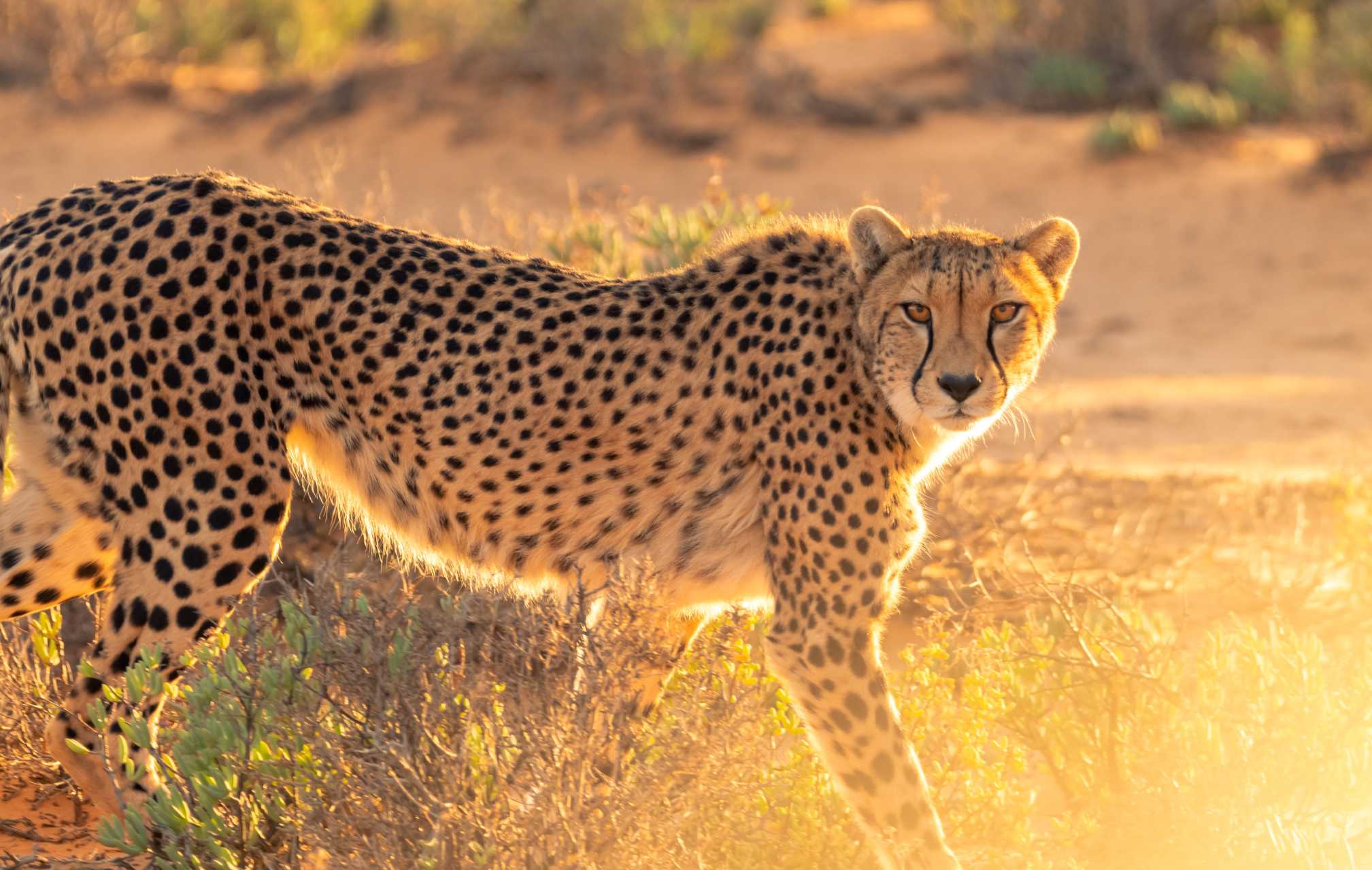
- Scientific Name: Acinonyx jubatus
- Locations and Main Habitat: Open grasslands in Asia and Africa
- Average Size and Weight: Up to 65 kilograms and 1.4 meters in length
- Average Lifespan: 10 to 12 years
- Natural Predators: None when adult
The world’s fastest land animal, the cheetah or acinonyx jubatus can go from zero to 100 kilometers per hour in about three seconds. However, this big cat doesn’t lose its elegant hunting touch during high-speed pursuits as it pounces on antelopes, warthogs, and other desert dwellers.
Cheetahs need max visibility while hunting, so they do so during the daytime. Nevertheless, this fast-moving predator exerts much energy whenever it hits max speed. Therefore, it needs to consume all parts of its prey to stay energized and hydrated, including blood and urine.
14. Cougar
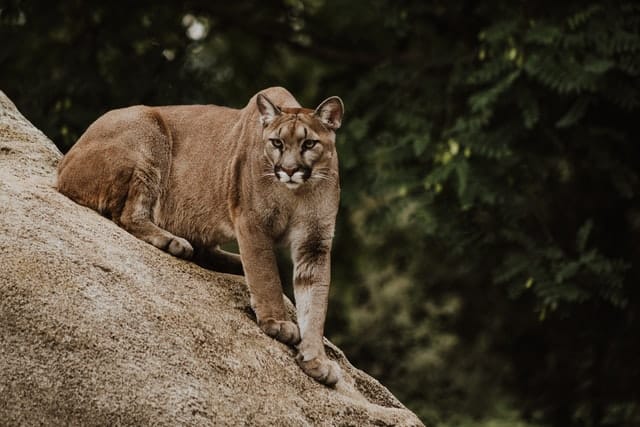
- Scientific Name: Felis concolor
- Locations and Main Habitat: Forests and mountainous regions of North America
- Average Size and Weight: Up to 90 kilograms and 2.75 meters in length
- Average Lifespan: 10 to 20 years
- Natural Predators: None when adult
Cougars, also known as mountain lions, are ferocious large felines that can be found in a range of different habitats in North America. An apex predator with no competition in its environment, the cougar uses a blend of power and maximum stealth to stalk and eventually pounce on its prey.
Mountain lions have many fascinating behaviors, but their propensity to hide large carcasses may be the most distinct. After a kill, some cougars will place the carcass strategically and return to it days later for another serving.
15. Leopard Seal
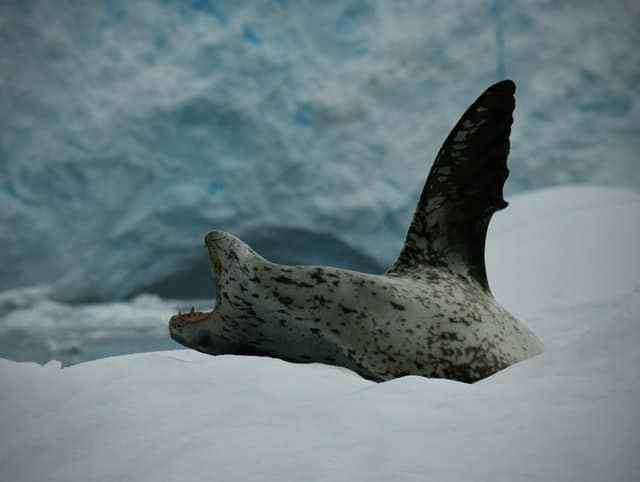
- Scientific Name: Hydrurga leptonyx
- Locations and Main Habitat: Antarctic
- Average Size and Weight: 2.5-3.5 meters and 6000 kilograms
- Average Lifespan: Males live around 19 years while females can live up to 25
- Natural Predators: Orcas and large sharks
The leopard seal is Antarctica’s second largest seal species (after the southern elephant seal). Its only natural enemy is the killer whale. It feeds on various prey, including cephalopods, other pinnipeds, krill, birds, and fish.
Most leopard seals remain in the pack ice year-round and remain solitary for most of their lives, except for a mother and her newborn cub.
16. Bald Eagle
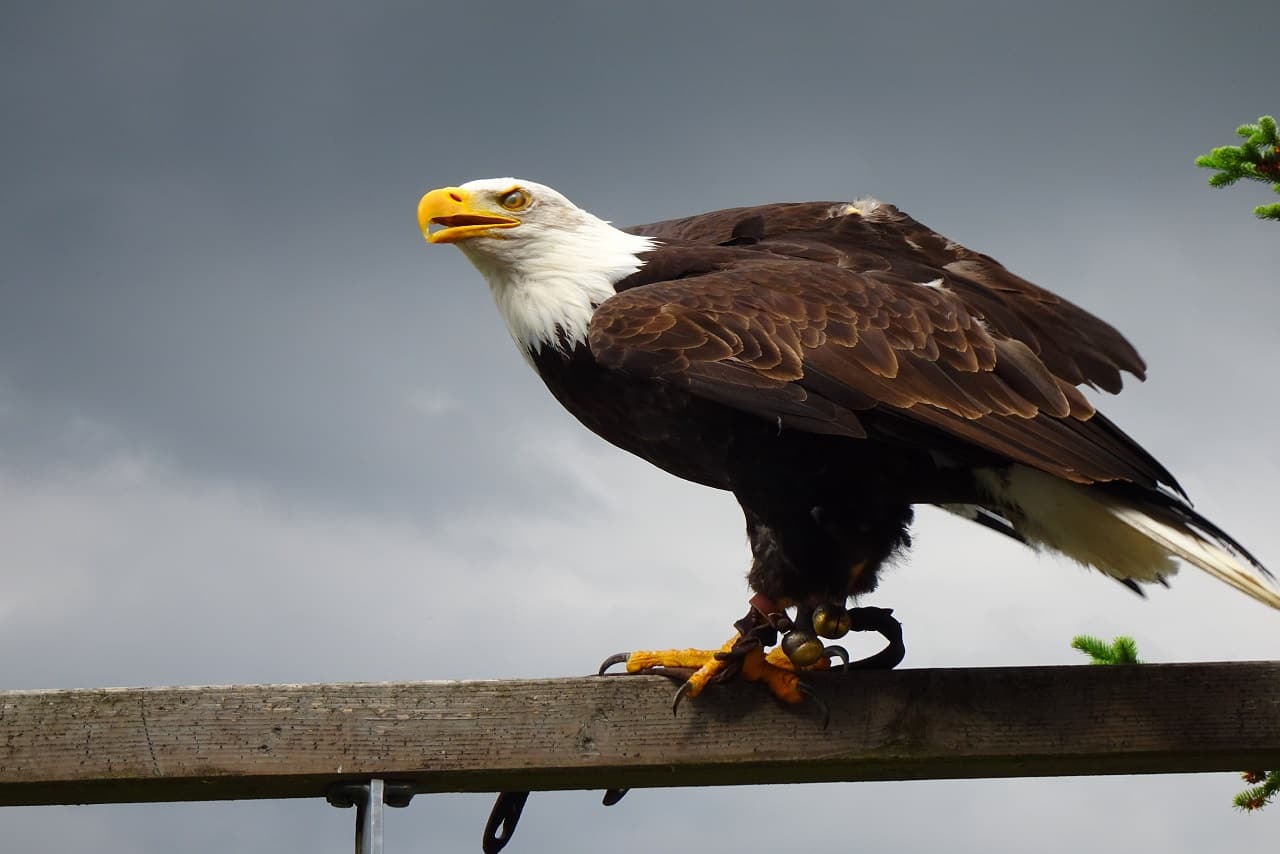
- Scientific Name: Haliaeetus leucocephalus
- Nesting Locations and Main Habitat: Cliffs and trees of North America
- Average Size and Weight: Around 6.5 kilograms and almost one meter
- Average Lifespan: 15 to 20 years
- Natural Predators: None
The only bird on our list of mighty apex predators, the haliaeetus leucocephalus or bald eagle is a powerful carnivore found in the mainland United States, Canada, Alaska, and some parts of Mexico.
Contrary to other large predators, bald eagle populations have been steadily rising in some areas of the United States despite the destruction of their habitat. This is partly because this mighty sky predator can reside in woods, near freshwater bodies with fish, and in arid areas.
Fish makes up the biggest part of the bald eagle’s diet, but its razor-sharp talons, advanced retina structure, and powerful wings allow it to hunt and carry prey of up to four kilograms.
The Structure of the Food Chain in the Animal Kingdom
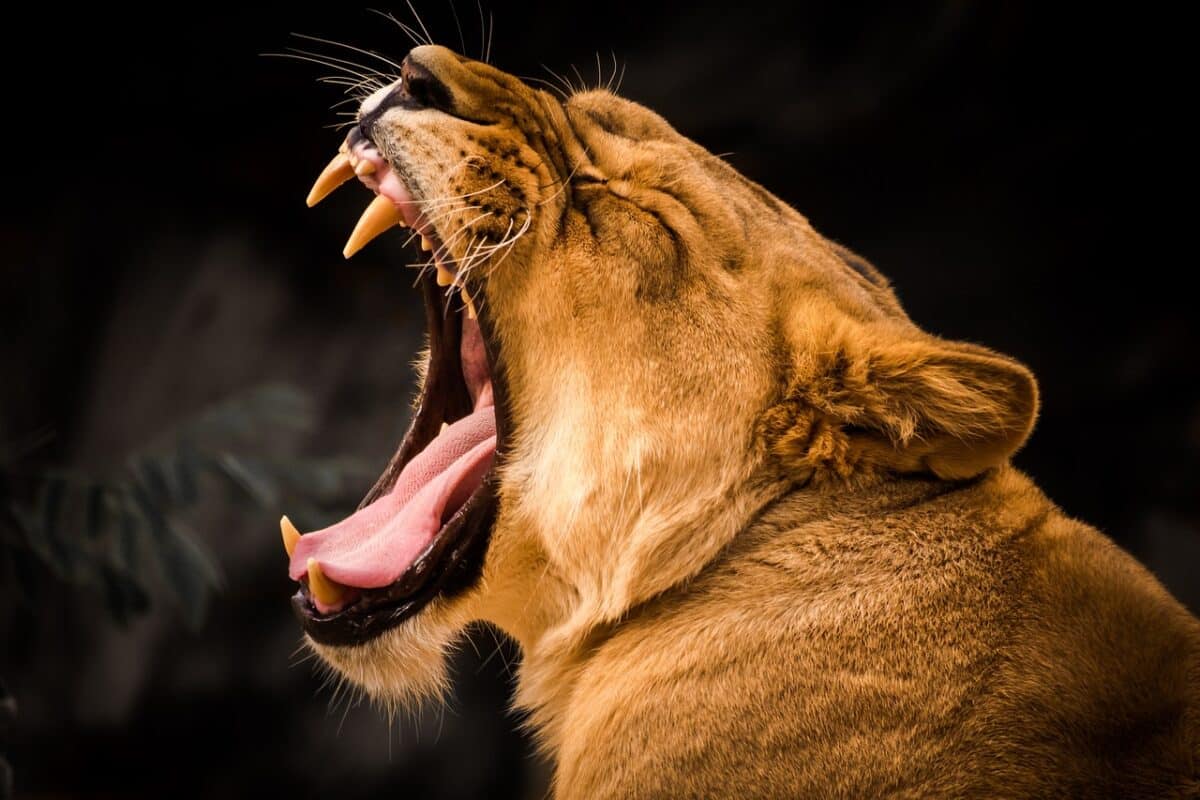
Earth’s many natural ecosystems are supported by a delicate balance that’s only possible thanks to many different food chains. However, all animals and other living creatures in this natural pyramid play a different roles.
Living organisms that produce their own food, like plants, are known as producers. The second level of this tier consists of consumers that eat producers to survive. Apex predators are the biggest animals in this group and eat other consumers to survive.
Summary: 16 Top Animals in the Food Chain
Predators play a crucial role in their habitats because they help control wildlife populations and ensure a balanced, sustainable ecosystem. The food chain is the pyramid structure that defines which animals eat other organisms, and apex predators are the only creatures without worrying about becoming prey.
The top animals in the food chain can be found in a wide range of habitats, so they don’t encounter each other or target the same prey. All apex predators depend directly on the other animals on the food chain to get sustenance and enough energy to continue following nature’s cycle.
If you enjoyed this blog, you’d probably love our Top 10 Best Wildlife Encounters. You can also check out our article about the Top 10 Deadliest Animals in the World to learn how these ferocious creatures earned their lethal reputations.
Thank you for reading 16 Top Predators in the Food Chain.
- Animals and Wildlife in Colorado - April 24, 2024
- Best Places to see Sloths - April 24, 2024
- Where to See Alligators in the Wild - April 24, 2024

